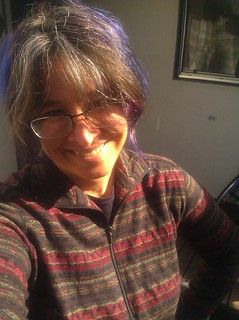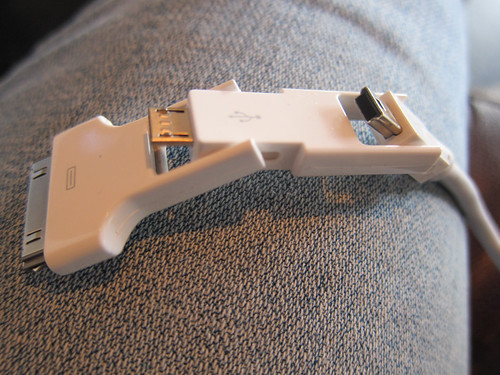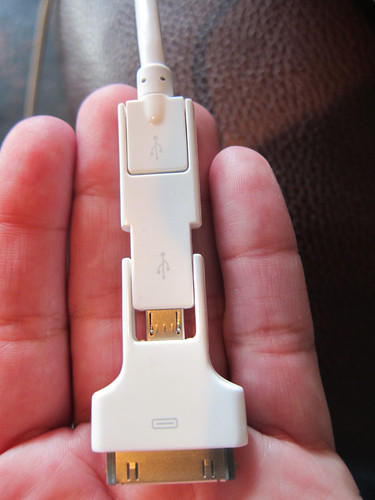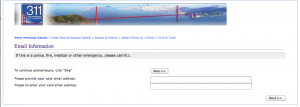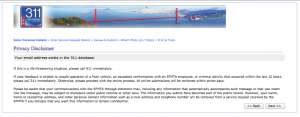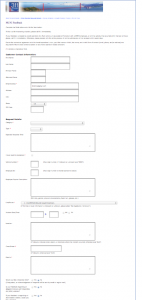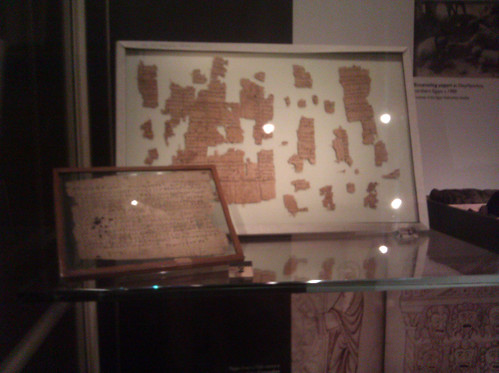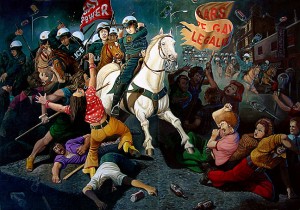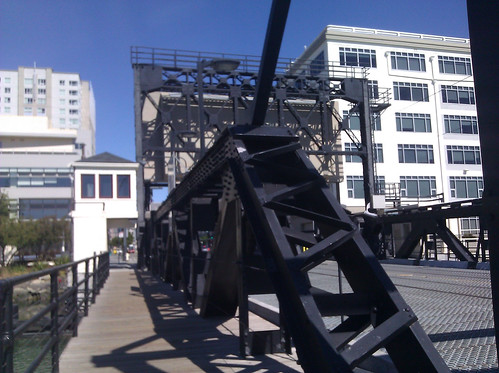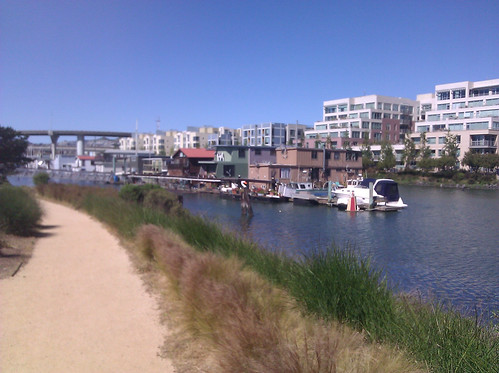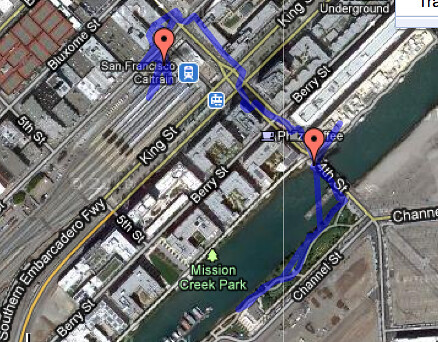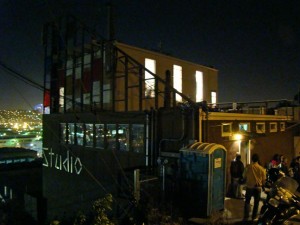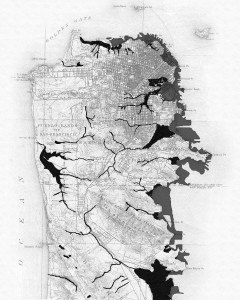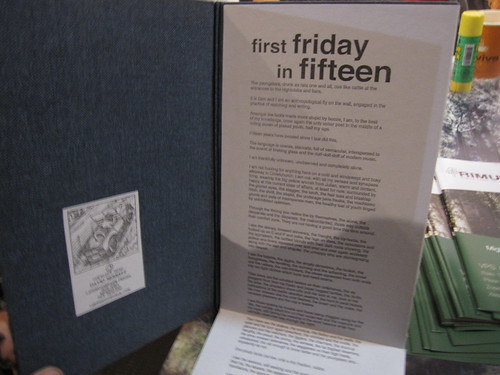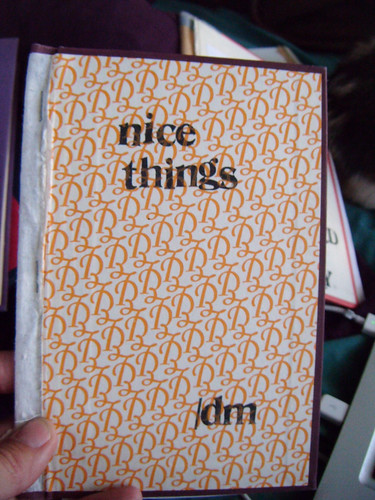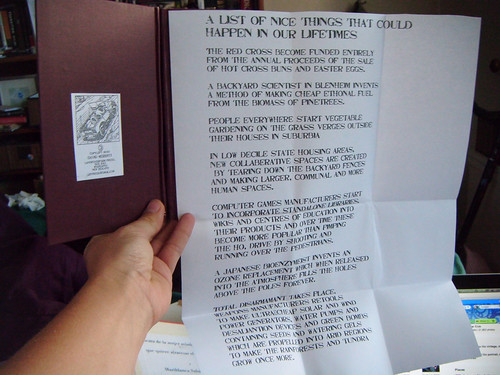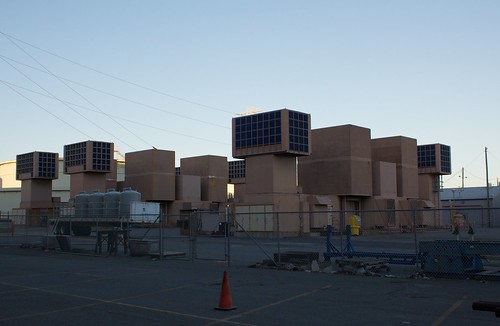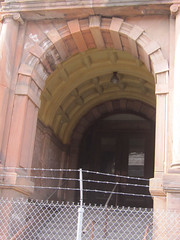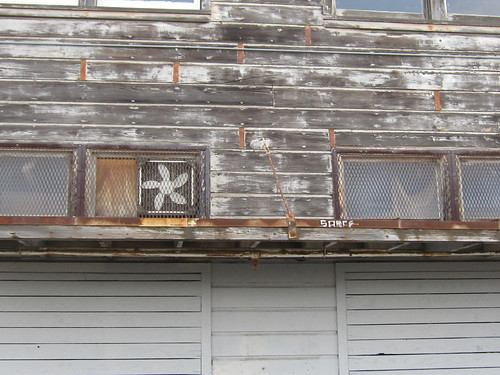Off to Kiwicon!
I am preparing to go to Kiwicon 6 in Wellington, New Zealand! I’ll be speaking on hacker communities. I’m super excited to meet people, hear all the talks, blog about everything, scoot around town, and see lots of people I know from geekfeminism.org, linux.conf.au, and DrupalSouth. I’m also speaking at the Geek Girl Dinner along with Laura Bell of in2securITy!
Kiwicon 666
It is the end of days; the sky has torn asunder, for it is Kiwicon six hundred sixty six.
Organised by and for the NZ hacker community, Kiwicon brings together hackers, their whitehat chums, and curious bystanders who are interested in the very very thin veneer of robustness spackled over our technological world.
First priority, fixing my scooter. So I want to talk about that before talking about the con and non-hardware hacking! Zach from the hackability list helped me again, bringing over all his tools. I have a tiny travel multimeter now, but am probably not going to have a tiny soldering iron before the trip. After 3 separate things broke on my scooter on day 1 of my trip to Mexico, I swore never to travel again with a scooter without the stuff to fix it! Though I was very smug that my Spanish was good enough to have a long conversation with an electrician that went far beyond “No sirve” as we opened up my dashboard. Fortunately guessing words like “voltímetro” worked well.
One problem was that a diode blew. It is in between the two 12-volt sealed lead-acid batteries and once Zach and I had tested everything else we opened up the heat shrink tubing and found this giant useless diode. I think (after discussion with Susan, Zach, and some very nice engineer from the fab lab in China that makes the scooters) it may in theory serve to stop you from draining your batteries by accident. In practice it underpowers the motor so we just snipped it out and didn’t replace it. The hacked smart charger we made for the scooter may have blown it out.
Another problem was that some wires came loose in the dashboard from the cruise control potentiometers despite that I had covered them in tons of hot glue. (The electrician in La Paz and I fixed that bit.) The third thing wrong was that the main throttle potentiometer shaft, which is very long, was out of whack or bent, so the scooter just wouldn’t start, because the motor controller checks to make sure the controls are centered before it will let you start. The driver who loaded my scooter into the back of his van in Los Cabos for the drive to La Paz did not take the seat off the scooter’s frame before bending down the dashboard on its pole. So the acceleration lever (forward and backward) and thus, the throttle pot shaft, was resting directly on the seat and got screwed up. I had a great time in La Paz anyway in a janky rental Everest and Jennings manual chair pushed by Oblomovka and spent the rest of my time in bed (properly as I should, but boringly), on the beach 50 steps from the hotel, or in the tiny front sidewalk table of the hotel cafe writing and sketching.
The Malecón (walkway or boardwalk along the sea) of La Paz was lovely, nicely paved for wheelchairs or scooters, very flat, and very long. It is level in some places with the beach and in others looks out over riprap or extends to piers. At the Science Expo we saw this otherworldly sculpture of a ballena tiburon, or WHALE SHARK. I think of WHALE SHARKS in all caps, always.
Also awesome in La Paz: All of La Paz and the people I met! The lovely, fascinating, kind, people of the Hotel Mediterrane, a small LGBT hotel in La Paz that felt like a bed & breakfast. And the beaches, especially Tecolote and Balandra!
Then Hurricane Sandy happened and I contributed a little bit to this massive group effort to help out and felt a lot of love for the extended “cripfam” of my friends.
We continue our Anarchafeminist Hackerhive meetings at Noisebridge and are looking closely in what’s happening at HackerMoms, LOL, and Sudo Room! Everyone should read Jenny Ryan’s article on co-operation amongst Bay Area hackerspaces:
Hacking the Commons: How to Start a Hackerspace as it conveys the fabulousness of the Bay Area hackerspaces & the synergy that is building these days.
Oh, and I made up a version of The Internationale to sing at Noisebridge and other hackerspaces, The Hackernationale, for a hackerspace anthem, because the Free Software Song is a bit hard to sing and play. The Hackernationale is especially suitable for singing to sleeping hackers, and I plan on writing many more verses for it!
So, Kiwicon! I will talk about mildy subversive things which hopefully will not sound like “buzzwording buzzword for buzzwordists” since I could not call the talk “How to Conspire to Do Illegal Things”. It will be thought provoking, odd, scary, and wildly entertaining for 9:15 in the morning as I bounce around a stage in the Wellington Opera House ranting and waving my arms wildly like a tiny wheeled Wizard of Frobozz!
Bootstrapping InfoSec for Hacktivists
As hackers and activists, we have a lot of power and many vulnerabilities. And as we act not just as lone hackers but in working groups, our infosec practices can expose not only ourselves but our associates. Acting with power, responsibility, and as much safety as possible means we need good operational security for whole communities, whether they’re publishing citizen journalism and leaked information, challenging censorship and copyright law, or taking direct political action locally or internationally. This talk will walk us through some cultural frameworks and technical tools created by and for emerging hacker communities. Who are we? Who will dislike our actions? What channels might they use? And how can we treat them as bugs, and route around them?
Before giving that talk on Saturday morning I will be at the Arduino thing on Friday, then maybe the Surviving Kiwicon orientation if I’m not falling over from jet lag, then the clambake Geek Girl Dinner, then the speakers’ party. On Saturday I’m especially interested in Alex Kirk’s talk on Master Phishing, Leigh Honeywell’s talk “Firehoses and Asbestos Pants” on the security incident & response life cycle, the web app recon talk and the talk where 3 guys with ponytails talk about security. On Sunday, I really want to go to Open Source Security Response, The tale of a Firefox bug by Thoth and the Wi-fi attack cycle talk which I believe will actually take place with the souped-up motorcycle on stage and which MAY INSPIRE me to stuff more electronics and another large deep-cycle battery into my mobility scooter. Also this seems like the quintessential Kiwicon talk since their Secret Cabal clearly LOVES METAL. This is the best conference talk description ever!!!!!
War driving has been around for a very, very long time, however it has been missing a few key things. Mainly leather, Judas Priest and Motorcycles. ‘Ghost riders in your LAN’ is a talk based around overclocking the wardriving game by introducing gasoline, angle grinders, cheap wifi gear and a build price smaller than your slightly more exorbitant weekend bender. This talk is a collaboration between Security-Assessment.com and Stray Rats Custom Motorcycles. I will be covering the details of how to build a wifi-attack-cycle from ground up – from electronics and cheap-and-cheerful heads up displays to the bike modifications required to mount all the tech and look awesome while terrorizing your local neighborhood TP-LINKs. Ride the metal monster, breathing death and fire. Closing in with vengeance broadcasting high. This is the WifiKiller.
OMG! I want a ride on this beast!!!
Actually, Sunday has more talks than I can possibly sit up for, so if you see me lying down in the back of the theater please don’t be alarmed, I am just resting my back, or have taken too many muscle relaxants. Carry on!
After the con I am going to veg a lot and go to the indoor swimming pool for some physical therapy and hang around Wellington for a few days. Maybe with Joh and sundry, maybe with hyp4t1a if she doesn’t disappear off into some sort of skiing, rock climbing hinterland!
Say hello if you see me, I look like this and am on a little blue scooter or hobbling slowly around on a cane:
